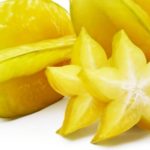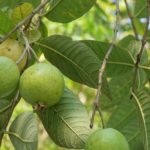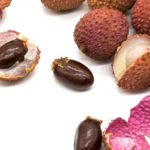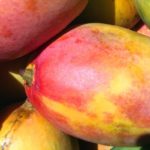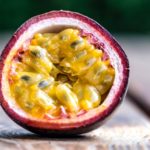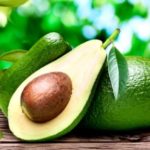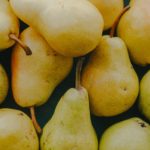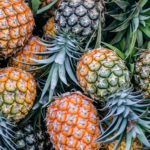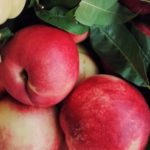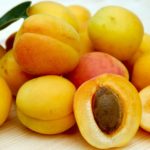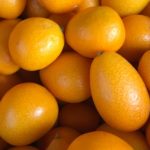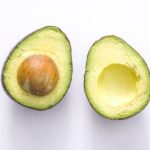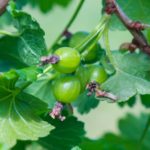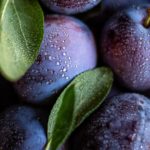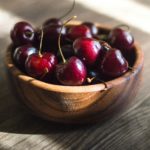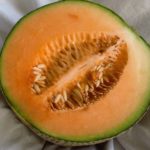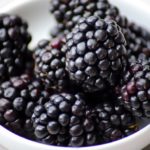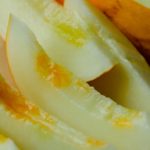10 Facts About Papaya – Interesting and Fun Facts
No wonder Christopher Columbus called it “the fruit of the Angels” – it’s deliciously sweet with a butter-like smooth consistency. Papaya or to say it botanically Carica papaya is of the family Caricaceae.
10 Facts About Papaya
- Though the papaya reportedly originated in Central America or southern Mexico, it is one of the significant exotic fruits that was popularly cultivated throughout the world. The Spanish explorers carried this fruit to Europe and in 1800 the papaya was introduced in Hawaii. Today, Hawaii is the only state in the USA that produces papaya commercially.
- The papaya is considered a tree but it really is a short-lived fast-growing woody herb. Leaves are quite large and palmate. Leaves, stems, and unripe fruits of the plant, if cut, produce latex. The fruit is big and spherical or pear-shaped. The length of the fruit can be 7 to 15 inches depending on the variety. The flesh is usually yellow to orange and black seeds are found inside.
- Papaya can be of two types – the Hawaiian type and the Mexican type.
- The Hawaiian type – the most commonly found papaya, weight around 1 pound, skin yellow, flesh bright orange or pinkish with black seeds inside.
- The Mexican type – larger than the Hawaiian type, may weigh up to 15 pounds, the flesh may be yellow, orange, or pink.
- Papaya not only gives us a luscious taste it also has tremendous health benefits. It is enriched with carotenes, vitamin C, flavonoids, vitamin B, potassium, magnesium, and fiber. Together, these nutrients effectively reduce the risk of colon and cervical cancer. It contains beta-carotene that our body can convert to Vitamin A. In addition, papaya contains a digestive enzyme, papain, which is used to treat injuries and causes of trauma and allergies.
- Papaya can be eaten fresh or it can be mixed in fruit salads. However, papaya is best if it is eaten as part of a meal since the fruit contains beta-cryptoxanthin, which is best absorbed by the body if consumed along with fat.
- Unripe papaya and its seeds have contraceptive properties. An interesting fact is that unripe papaya and its seeds even have an abortive effect.
- Women in Florida use the leaves of the papaya tree. Can you guess where or how they use these leaves? For washing clothes. The leaves of this tree cope with almost any pollution and this is a fact.
- Papaya has properties to soften meat. The Indians widely used papaya to tenderize old animal meat.




